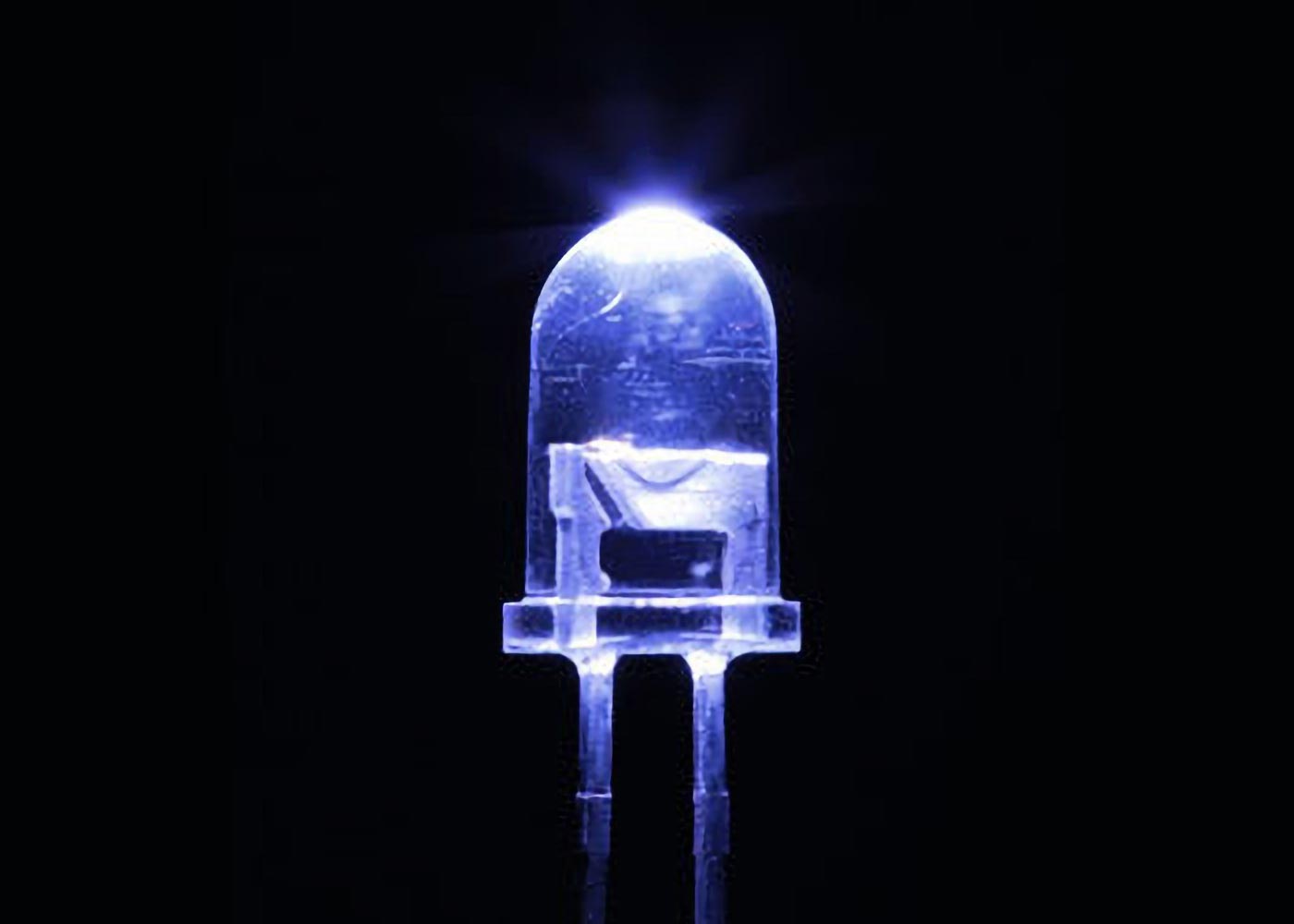
Hình 1: Hầu hết các đèn LED phát ra ánh sáng nhìn thấy được, nhưng các nhà vật lý RIKEN đã tạo ra một đèn LED phát ra tia cực tím ở vùng hẹp và an toàn cho con người nhưng gây tử vong cho vi rút và vi khuẩn. tín dụng: RIKEN
Đèn LED mạnh có thể khử trùng bề mặt hiệu quả trong khi vẫn giữ an toàn cho mọi người.
Các nhà vật lý của RIKEN đã thiết kế một loại đèn LED hiệu suất cao có khả năng kháng khuẩn và kháng vi rút nhưng an toàn cho con người. Một ngày nào đó, nó có thể giúp các quốc gia thoát khỏi bóng tối của dịch bệnh bằng cách tiêu diệt mầm bệnh trong những căn phòng chật kín người.
Đèn diệt khuẩn bằng tia cực tím có hiệu quả cao trong việc tiêu diệt vi khuẩn và vi rút. Trên thực tế, chúng thường được sử dụng trong bệnh viện để khử trùng các bề mặt và dụng cụ y tế.

Masafumi Jo và hai đồng nghiệp đã thiết kế một chiếc đèn LED giúp bảo vệ xã hội khỏi dịch bệnh. tín dụng: RIKEN
Đèn loại này có thể được tạo ra bằng cách sử dụng đèn LED, giúp chúng tiết kiệm năng lượng. Tuy nhiên, những đèn LED này tạo ra tia cực tím trong một phạm vi có hại[{” attribute=””>DNA and therefore cannot be used around people. The search is on to develop efficient LEDs that shine light within a narrow band of far-ultraviolet light that appears to be both good at disinfecting while remaining safe for people.
Germicidal LED lamps that operate in the absence of humans are often made from aluminum, gallium, and nitrogen. By increasing the amount of aluminum they contain, these LEDs can be modified to work in a wavelength region that is safe for humans. This approach has been used before but has resulted in dramatically reduced power.
To work through this issue, three physicists at RIKEN Quantum Optodevice Laboratory, Masafumi Jo, Yuri Itokazu, and Hideki Hirayama, created an LED with a more complex design. They sandwiched together multiple layers, each containing slightly different proportions of aluminum. In addition, in some layers they also added tiny amounts of silicon or magnesium.
This effectively created an obstacle course for electrons, hindering their movement across the material and trapping them for longer in certain areas. This resulted in an increased amount of light emitted by the device and a reduced amount absorbed by it.
The team used computer simulations to model all possible effects to help pin down the ideal design. “We then grew samples to see if it was effective or not,” Jo says. Precisely controlling the thickness of each layer was the biggest experimental challenge. They ended up with an LED operating in the far ultraviolet, with an output power almost ten times higher than their previous best.
The COVID-19 pandemic brought a new consciousness of the importance of being able to eradicate viruses and microbes on surfaces. “We trust that our findings and technologies will be very useful for safeguarding society against this and future pandemics,” says Jo.
Jo adds that the trio will strive to improve their LED’s performance even further. “There’s still much room for improvement in the output power and the power efficiency,” he notes.
Reference: “Milliwatt-power far-UVC AlGaN LEDs on sapphire substrates” by Masafumi Jo, Yuri Itokazu and Hideki Hirayama, 25 May 2022, Applied Physics Letters.
DOI: 10.1063/5.0088454
“Nhà phân tích. Con mọt sách thịt xông khói đáng yêu. Doanh nhân. Nhà văn tận tâm. Ninja rượu từng đoạt giải thưởng. Một độc giả quyến rũ một cách tinh tế.”
